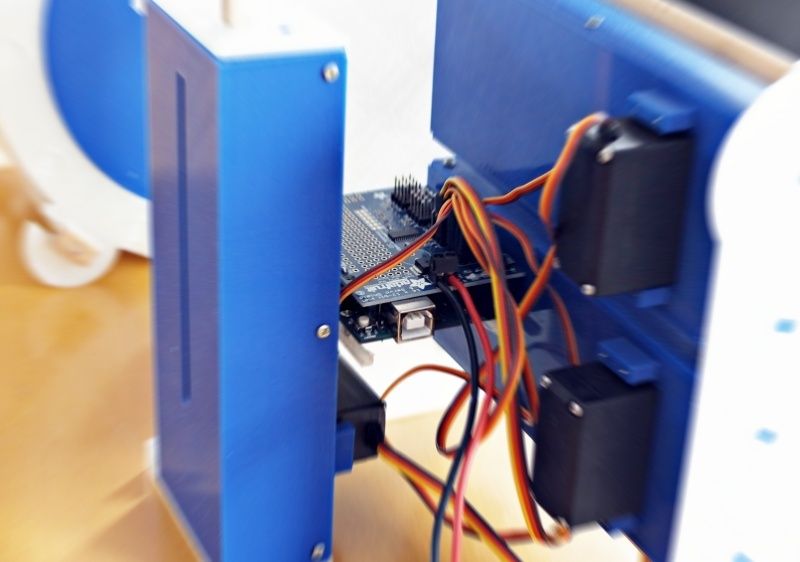
Imaging phantoms are used to evaluate and test medical devices, such as X-ray machinery, where a human subject would be impractical and/or dangerous. In order to simulate the motion and deformation of a lung, Stefan Grimm created an Arduino-powered phantom at a materials cost of around $350 USD.
Much of the project’s structure is printed with dissolvable PVA, used as a form for silicone that mimics tissue and plaster for bone. Movement is controlled via three linear and rotary actuator setups outlined here, and the structure can either be pre-programmed or manipulated in real-time using a USB cable and PC.

You can see a simulation of the setup in the video below, tracking target objects as they move along with cylinders that represent respiratory motion.
No comments:
Post a Comment